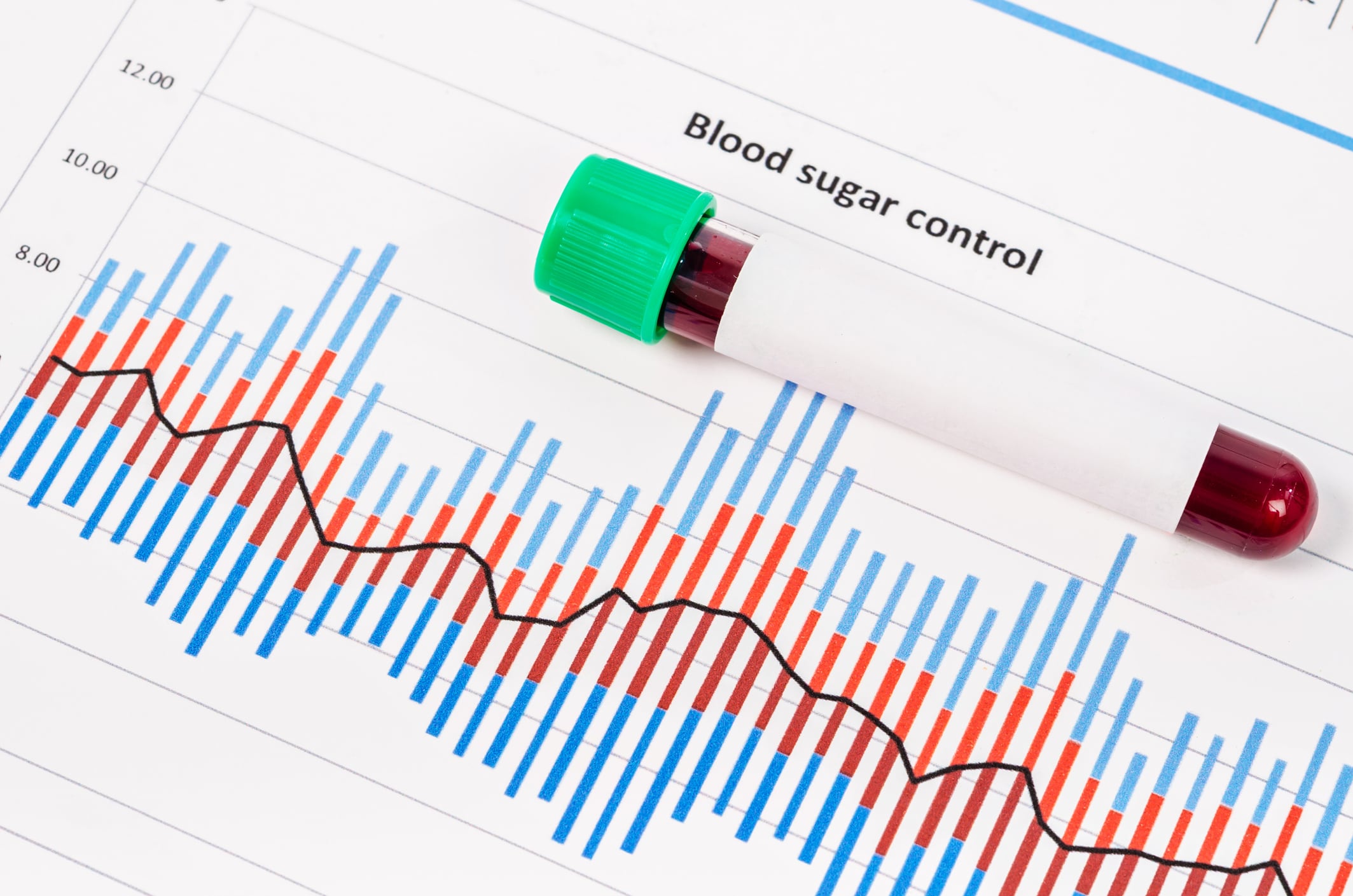Following the establishment of a 13.57% GD prevalence from the sample, the L-shaped association established a substantially increased risk of GD for those with VE levels below 7 mg/L.
“To our knowledge, this is the largest cohort study to date to investigate the association between VE and GDM,” the Chinese researchers emphasise.
They add: “The findings suggest the necessity of having VE-rich foods and appropriate VE supplementation to prevent GDM for pregnant women with low baseline VE levels.”
Diabetes during pregnancy
GDM is a common complication occurring during pregnancy which can significantly increase the risk of adverse outcomes in affected mothers of conditions, such as preeclampsia and type 2 diabetes. There is a similarly increased risk in the infant for developing harmful conditions.
Such outcomes may result from observations associating the condition to increased oxidative stress within the body, and thus, increased concentrations of reactive oxygen species (ROS). Due to the established potent antioxidants activities exhibited by VE, there has been previous interest in investigating the vitamin’s role in the prevention of diabetes.
However, there is a general lack of studies specifically determining this risk association of VE status with GDM. Following an observed prevalence of 14% of women with GDM in China, the researchers conducted the large-scale retrospective study in Chinese mothers to analyse this potential relationship.
Study
The cohort study involved the recruitment of 52,791 women across 137 hospitals, from 22 provinces of China. GDM was diagnosed utilising criteria specifying a fasting plasma glucose (FPG) level of ≥5.1 mmol/L between the 24th and 40th weeks of gestation. Associations between first-trimester VE concentrations and gestational VE change were analysed with calculated mean FPG and GDM rates.
It was established that 7,162 women were diagnosed with GDM - a prevalence of 13.57% within the studied sample.
This GDM prevalence was observed to be 22.44%, 11.50%, 13.41%, 12.87%, 13.17%, 13.44%, 12.64%, and 14.24% in women with the first-trimester VE concentrations of <7.2, 7.2–7.9, 8.0–9.3, 9.4–11.0, 11.1–13.2, 13.3–15.8, 15.9–17.7, and 17.8–35.9 mg/L, respectively.
The rate of GDM was 15.96%, 13.10%, 13.64%, and 12.87% among women with an observed gestational VE change of <0, 0–0.19, 0.20–0.29, ≥0.30 mg/L per week, respectively.
After employing generalised additive models (GAMs) of analysis, it was determined that first trimester VE levels followed an L-shaped association with FPG levels and GDM risk, whereby risk sharply decreased until a VE level of 7 mg/L, before remaining flat. Thereby, VE levels below 7 mg/L were found to be associated with increased risk of GDM.
In addition, an increased risk was also associated with decreases of VE following an initial reading below 11 mg/L in the first trimester.
Explained
“We found that the low first-trimester VE level and subsequent gestational VE decrease were related with increased risk of GDM, which strengthened the perception for occurrence of GDM and potential application value,” the scientists conclude.
The study is strengthened by large-scale, quantitative data, with findings noted to be in line with a previous systematic review.
The report stresses: “Our study has practical clinical application value. We recommend keeping a VE level of higher than 7 mg/L in the first trimester and avoiding gestational VE decrease when the first-trimester VE level is less than 11 mg/L to prevent GDM and other pregnancy complications, such as preeclampsia. However, we could not recommend all pregnant women to test VE in the first trimester when the cost-effectiveness evaluation was insufficient. Therefore, development of the simple methods to identify women with low VE levels are warranted for future research.”
Source: Nutrients
https://doi.org/10.3390/nu15071598
"Gestational Vitamin E Status and Gestational Diabetes Mellitus: A Retrospective Cohort Study"
by Huifeng Shi, Xiaoli Gong, Qing Sheng, Xiang Li, Ying Wang, Tianchen Wu, Yangyu Zhao and Yuan Wei

